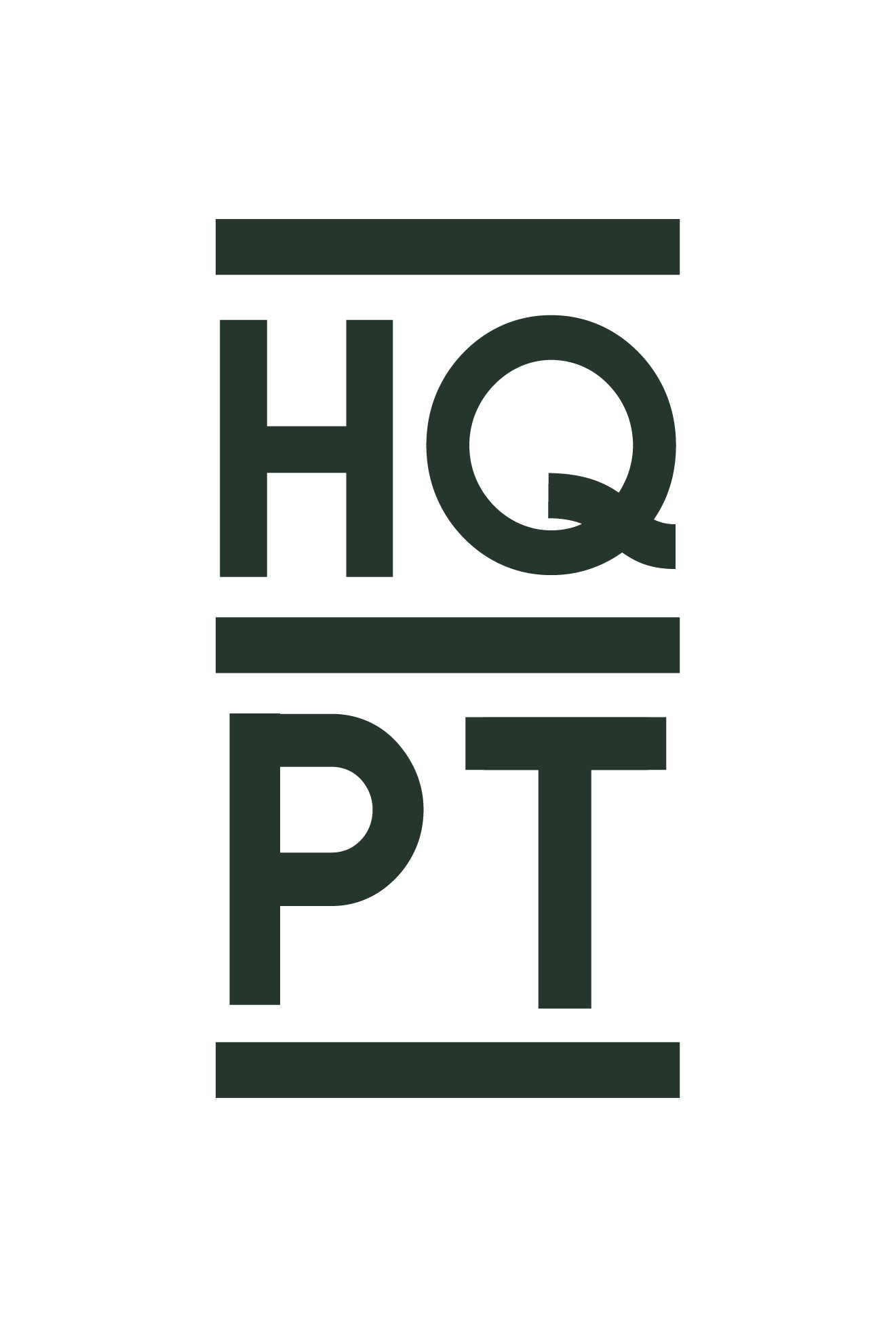Off-Season Arm Care for the Youth Overhead Athlete
by Dr. Jack Anderson
Oregon State Baseball Legend and HQ PT Doctor of Physical Therapy
Off-Season Arm Care For The Youth Overhead Athletes
As velocity continues to be chased at all ages, overhead throwing athletes will continue to push the body’s ability to tolerate stress at the shoulder, elbow, and forearm. In sports with prolonged bouts of high-intensity overhead throwing, like baseball, softball, football, handball (my personal bet for the sport of the future), it is imperative athletes and their support system understand the need for a true off-season away from the competition field. A major risk for injury in youth overhead athletes is year-long competitive seasons (1). Simply put, If professionals take a break from competition, then so should kids.
It is important to be clear this is a break from competition, and does not have to be a complete abandonment from working on the sport, or throwing in the off-season. Although based on the age of the athlete, taking time away from the sport can help decrease the chance of the athlete suffering from early-childhood burnout from their sport (2).
So what does a solid off-season program look like for youth athletes? From my experience as a coach, physical therapist, and athlete, the off-season needs to be a dynamic combination of stress and rest in order to prepare the athlete for the upcoming season. Here is how I would define both of those variables:
Rest: Necessary for both the mental and physical well-being of an athlete. It does not need to be a rest from the sport itself, but the environment the athlete is playing in needs to be low-risk in nature. (Think baseball lessons, off-season camps, and wiffleball games outside… remember those?!). It can also be playing another sport, which will help the athlete expand their social network and load the body in a different way to create a more holistic athlete.
Stress: Stress needs to be broken up into two parts for the throwing athlete:
General, full body stress and; Specific stress to the throwing arm
General stress - can be accomplished by working out in the gym with a trusted strength and conditioning coach. Despite what is seen online, it does not need to be “sport-specific” by any means. It just needs to be programmed well based on their current level of maturity and proficiency in a weight room. This type of training will help develop general strength qualities that will translate to their sport of choice.
Specific Arm Stress - a more focused approach on the muscles we know are most involved in throwing. There’s an argument that “everything matters” here, but based on the time and attention span of youth athletes, our focus should be on strengthening the shoulder musculature through the full range of motion it will see when performing the skill of overhead throwing. Arm care programs are already very poorly adhered to (3), so this needs to be quick (10-15 minutes maximum) and attainable for both the athlete and their support system to follow-through on through the offseason.
Once the season is 6-8 weeks away is the typical timeframe when we recommend throwers begin “Ramping Up” their throwing. This is where we progress both the amount of throws and the intensity of throws to give the body time to adapt to the increase in throwing volume. The “Arm Care” for the athlete needs to change at this time too because throwing will cause the overall workload of the arm to increase. Too many times I see athletes continue with the same high intensity “Arm Care” work as they begin to throw more at the beginning of the season. This is likely to produce chronic fatigue at the shoulder than prepare the athlete for the season. But that discussion is for another blog!
In closing, youth athletes who throw overhead don’t need arm care to be their full-time job in the off-season, but with a bit of consistency at home and in the weight room, their arm will more likely than not be healthier and throw harder without specifically training for improving their “velo”.
Want to learn more about our Off-Season Arm Care / Ramp-Up Throwing Program? Click the link below to get started:

